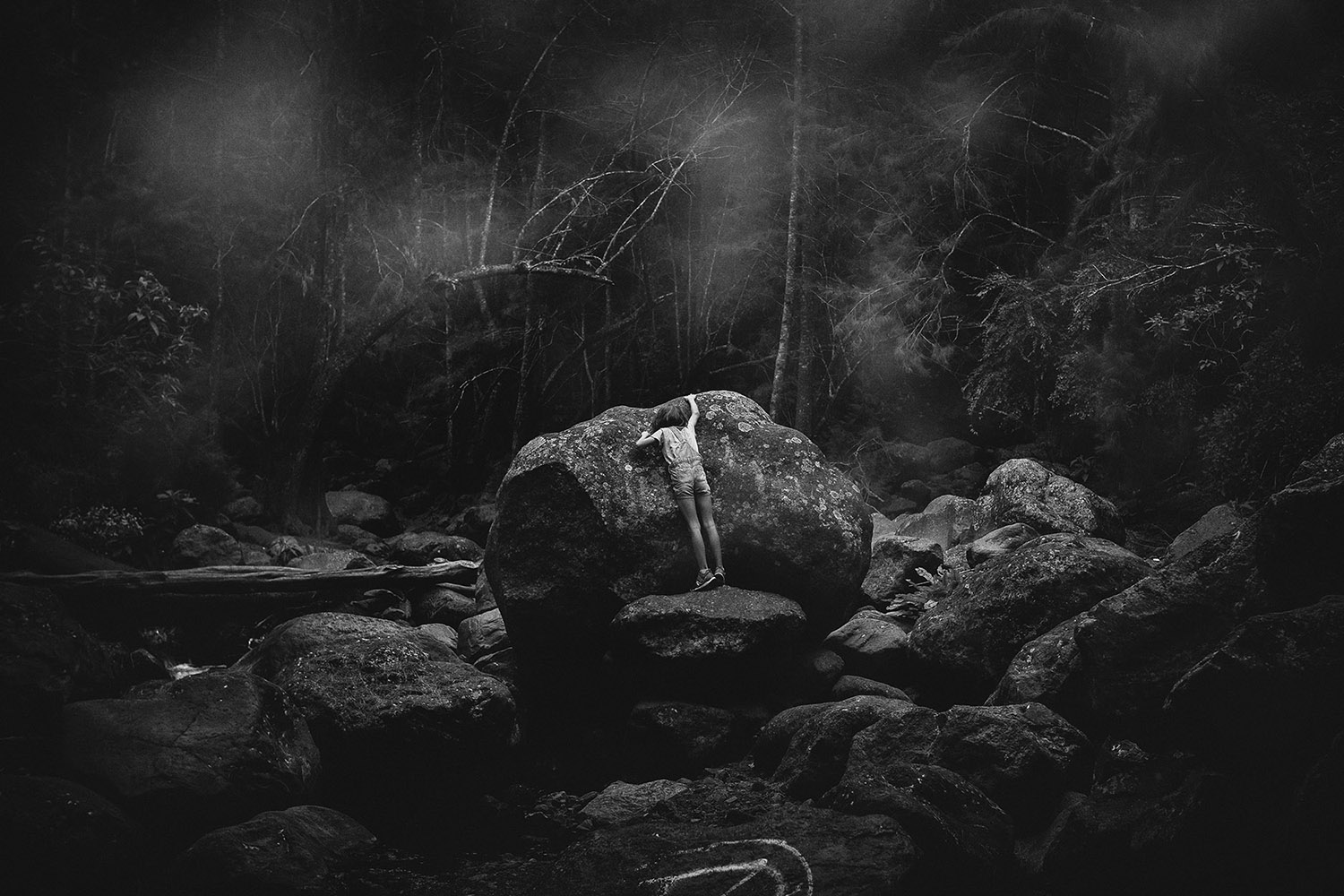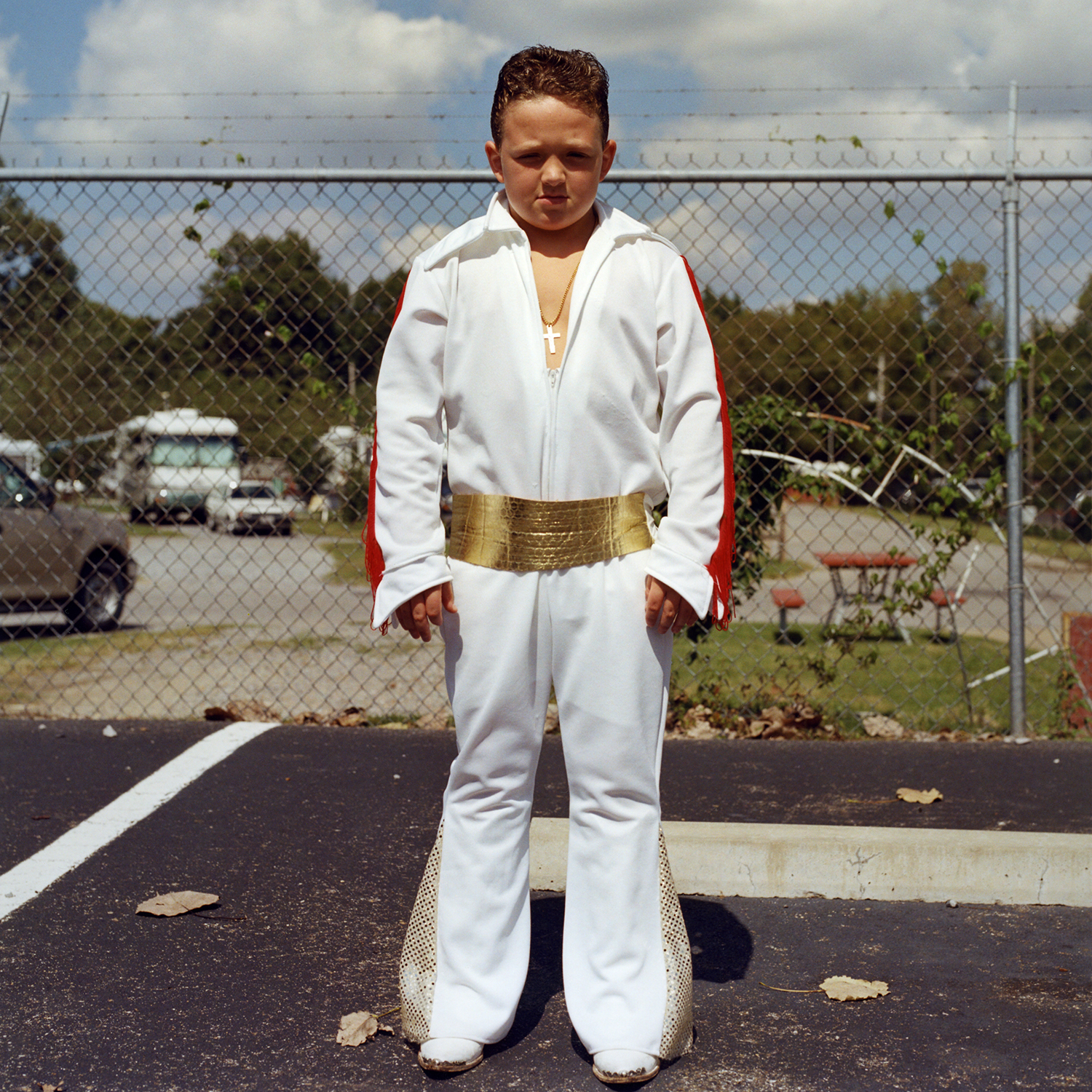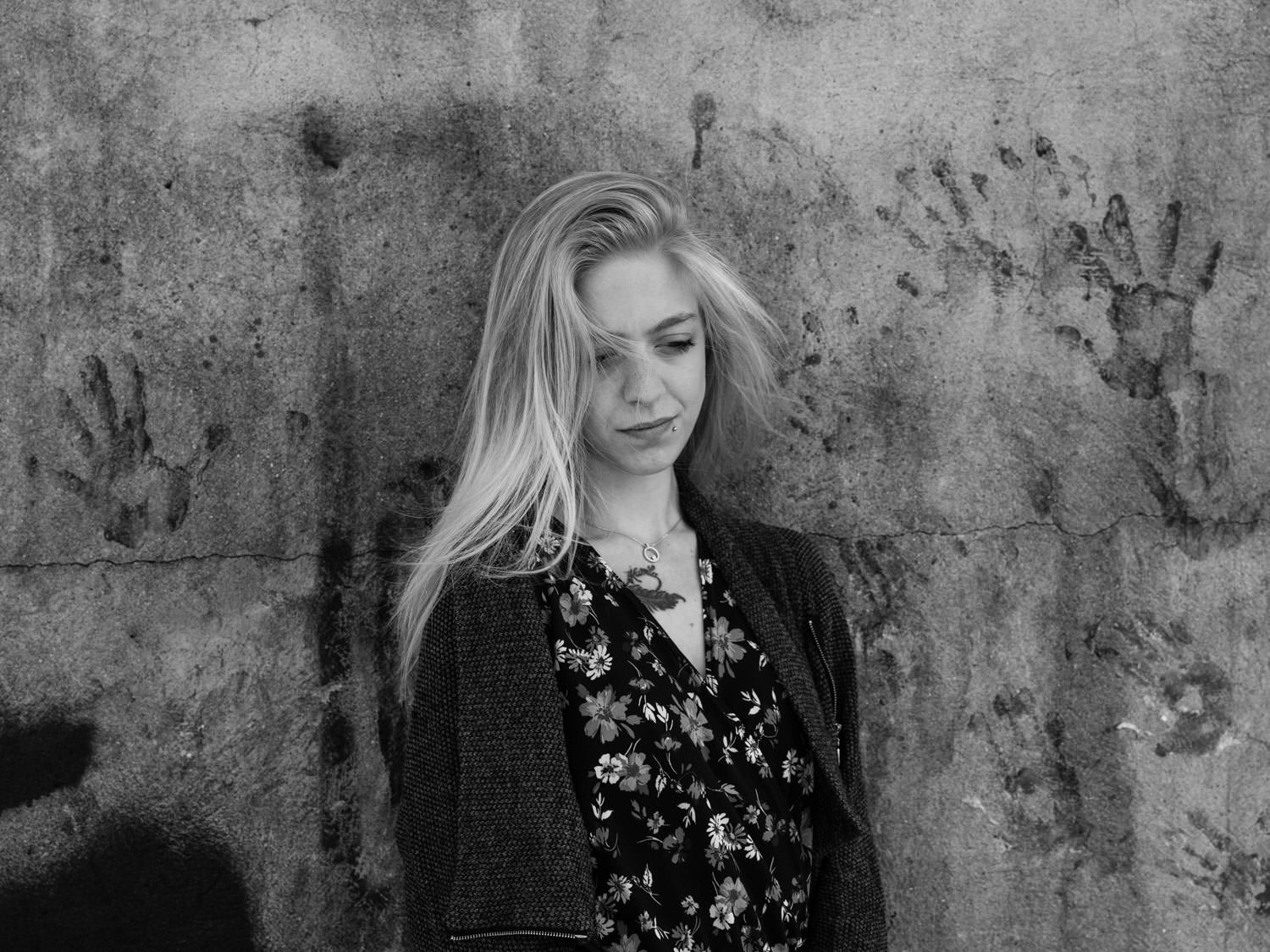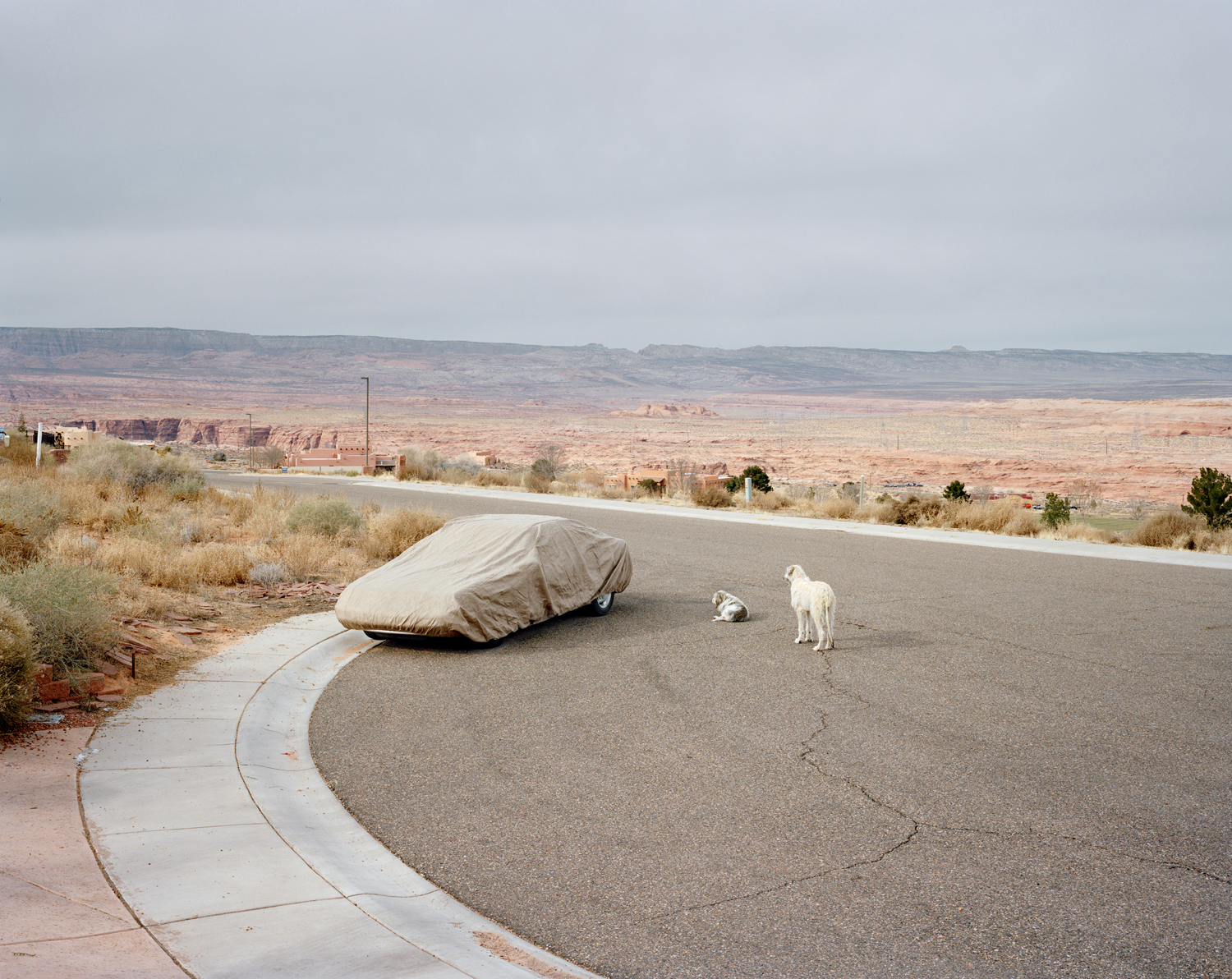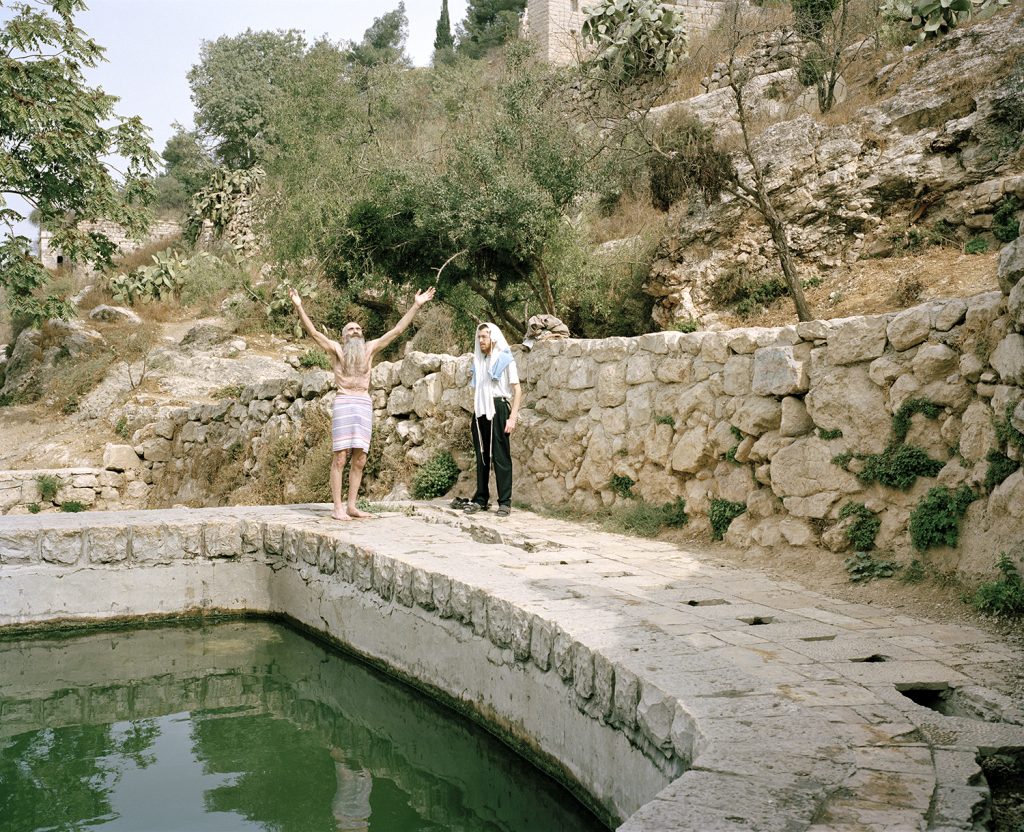
Can you summarize it and explain your series?
Bab-El talks about the relationship to the land that various communities maintain on a territory.
Bab, that means door in Arabic, El is Elohim in Hebrew, Bab-El the « Gate of the Gods ».
This is a so-called « sacred » territory since it is former Palestine, namely the West Bank, the occupied territories and Israel. The first time I went there, I was shocked by the violence of the separation wall, it is a very visual and graphic object, both fascinating and terrifying. Jerusalem is also a beautiful city, but there is always a strong tension linked to the political situation and religious collective hysteria. It took me two trips to take a step back and tell myself that it was not the wall or the political tension I wanted to show but rather the opposite, the sacred and living it together. Even if, unfortunately, it’s totally utopian… So I wanted to show moments of gatherings in each community, moments of everyday life, landscapes and some portraits.
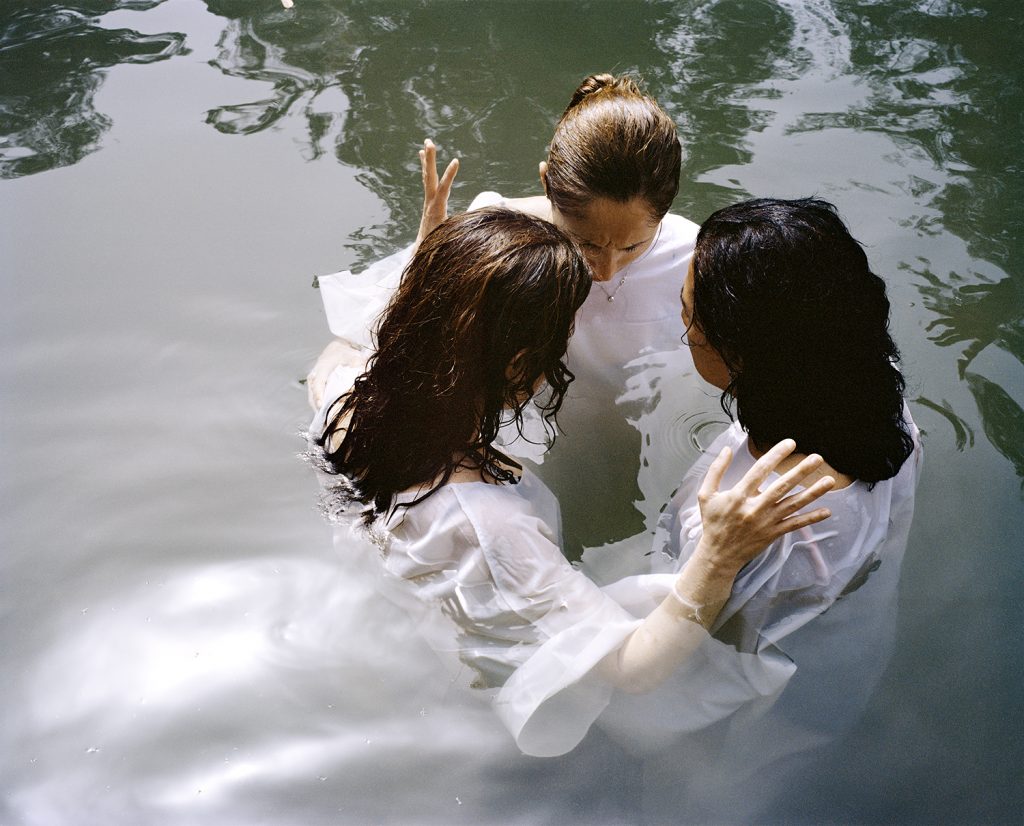
How did it all start? What gave you the idea/desire to do this work?
I had a strong desire to discover Jerusalem, the city that the 3 monotheistic religions claim. This city for which thousands of people died, both at the time of the Crusades and during the War of Independence. This city which still arouses today this relationship to power, domination, violence in all its forms. And then I wanted to connect spiritually to this territory.
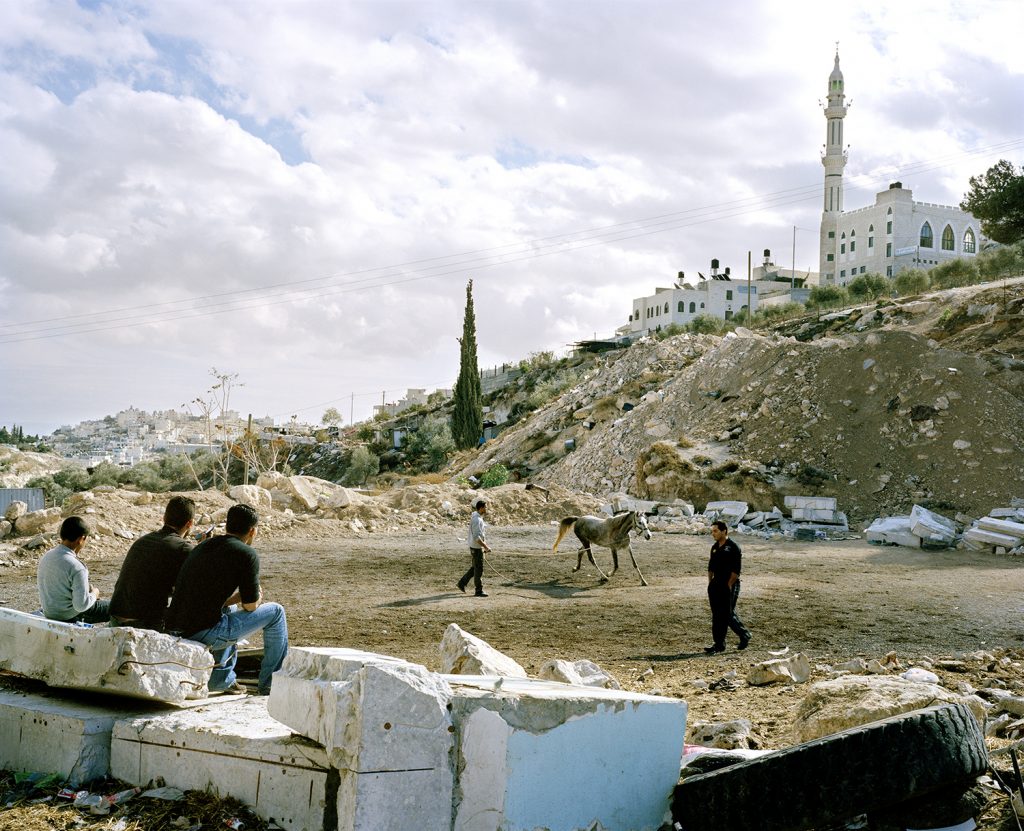
« Be able to detach yourself from all these influences and be honest about what you want to see. »
On this project and in your way of working, in general, how do you proceed once you have an idea?
I am very instinctive and quite slow. I need to go there, to perceive reality. It is impossible for me to write a project without knowing a territory! I knew Anne-Marie Filaire’s work on the wall and Valérie Jouve’s on the West Bank, these works probably influenced me too much and that’s why it took me time to get away from it. Then there is the correct policy of criticizing Israeli oppression, which is, in fact, a reality. Be able to detach yourself from all these influences and be honest about what you want to see.
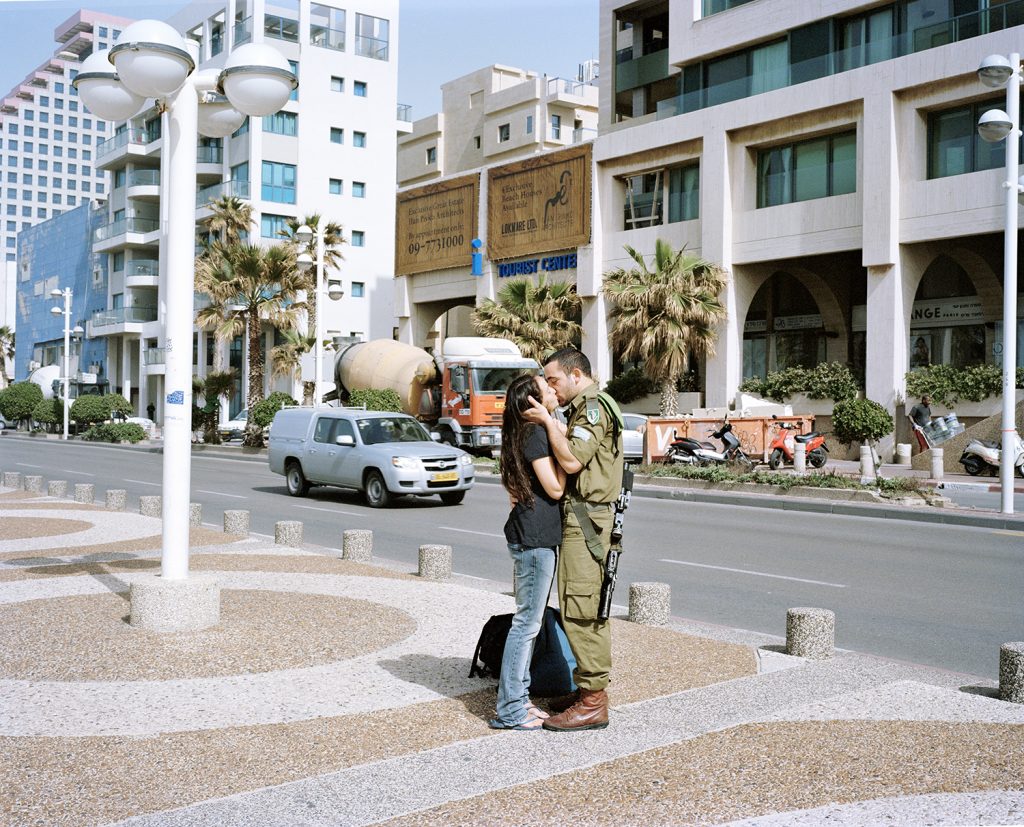
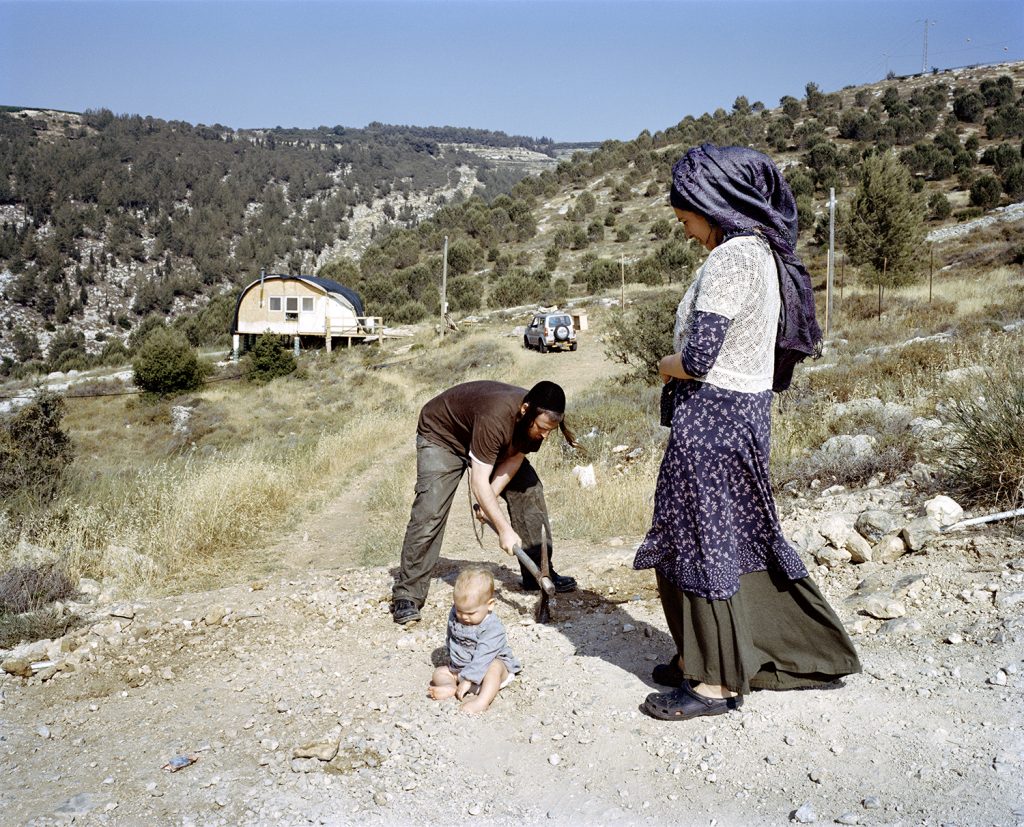
How long were you there?
I made two 3-week trips in 2008 and 2009, then I have a CNAP scholarship in 2011 that allowed me to stay 5 consecutive months. I was able to stay there for as long as I did because a friend lent me her apartment in a city south of Tel Aviv. Then, I went back there again for 3 weeks in 2012 and stayed with the family of a Palestinian friend in Nablus, among others.
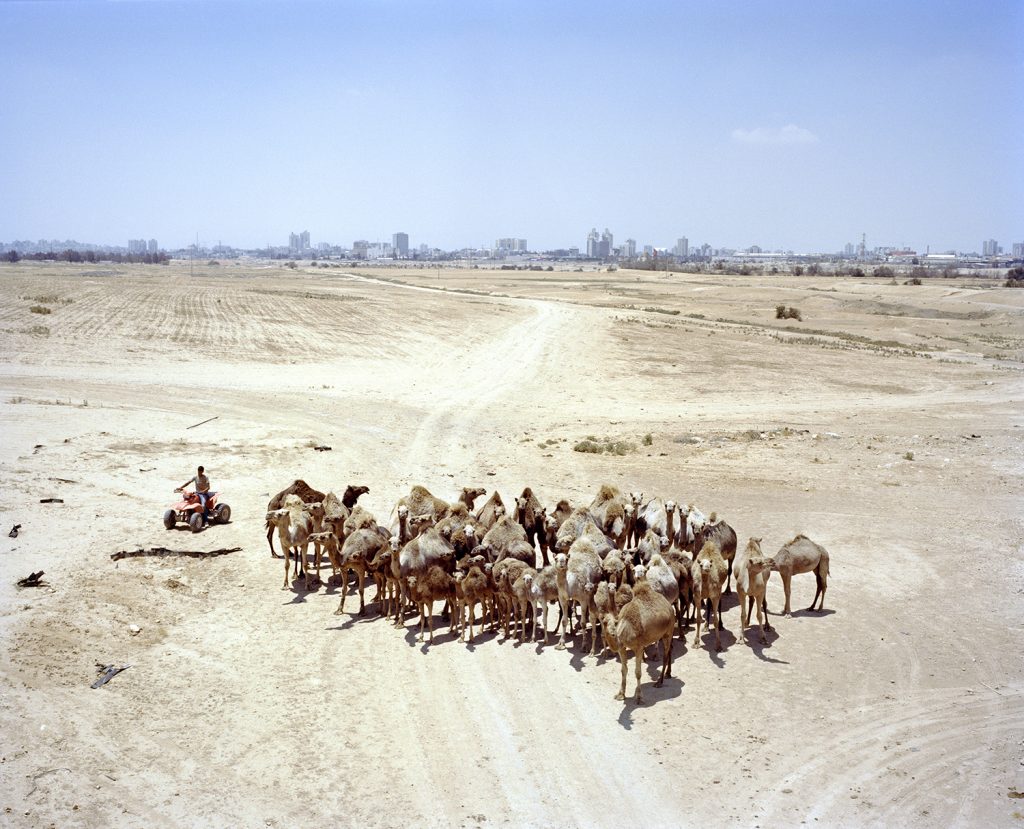
When you definitely started working to meet people, how was it going? Had you previously made contact or went from one meeting to the next? How long were you there?
I sent emails to contacts from contacts, people who run peace associations that I had met during my first 2 trips. It seems to me that my project on the sacred didn’t talk too much to these people. In this hyper-politicized context when you take a crossroads, it is not necessarily well understood. So after a few days, I went for a feeling walk in an Ethiopian part of the city where I lived. Also, a friend who had hosted me the first time put me in touch with other people. Then I spent a month in Jerusalem, I went to a trial where Palestinians were robbed of their land, where I met Assaf Harel, the anthropologist who wrote the preface to my book.
He was writing his thesis and pretending to be a colonist, thanks to him I was able to meet others. I often rented a car to go from right to left, according to events, or at random to travel around this small country.
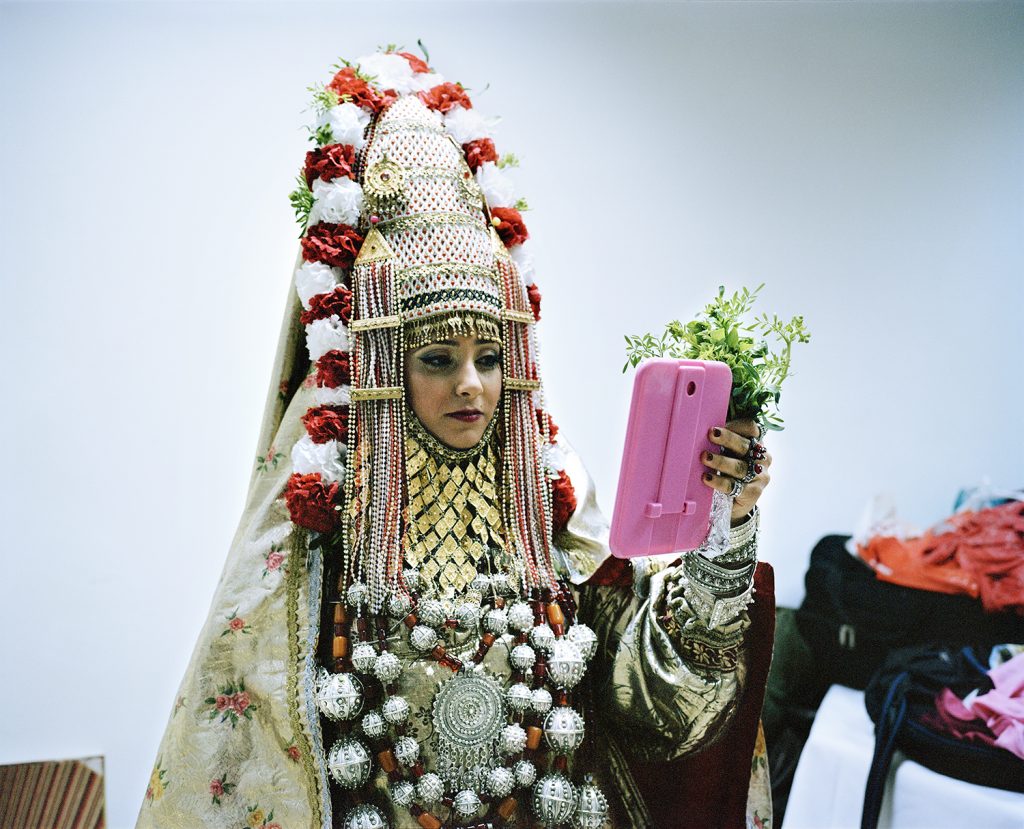
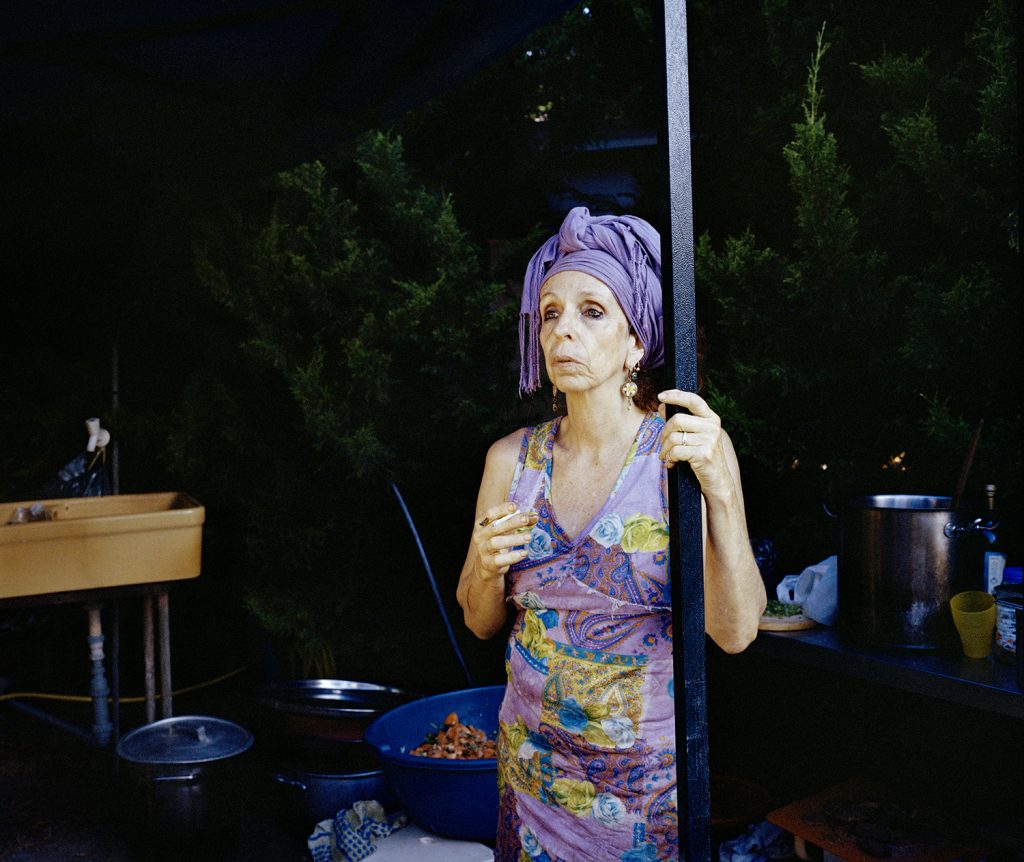
How did you manage the accommodation? Have you had any on-site support from French or Israeli cultural institutions or others?
My first two trips were at my own expense without knowing too many people, so I was in economy mode, youth hostel, Couchsurfing, hotel. Then, a friend lent me her apartment in Rehovot, I also spent a month sharing a flat in Jerusalem. I was also accommodated in various situations for a night or two, or longer with friends. Yes, for the production of work I got a scholarship from the CNAP. The exhibition prints were produced by the Atlantic Photography Centre. For the book, I received help from the PACA region and another from the BdR department, and I called for participation via the kisskissbankbank platform to complete the sum.
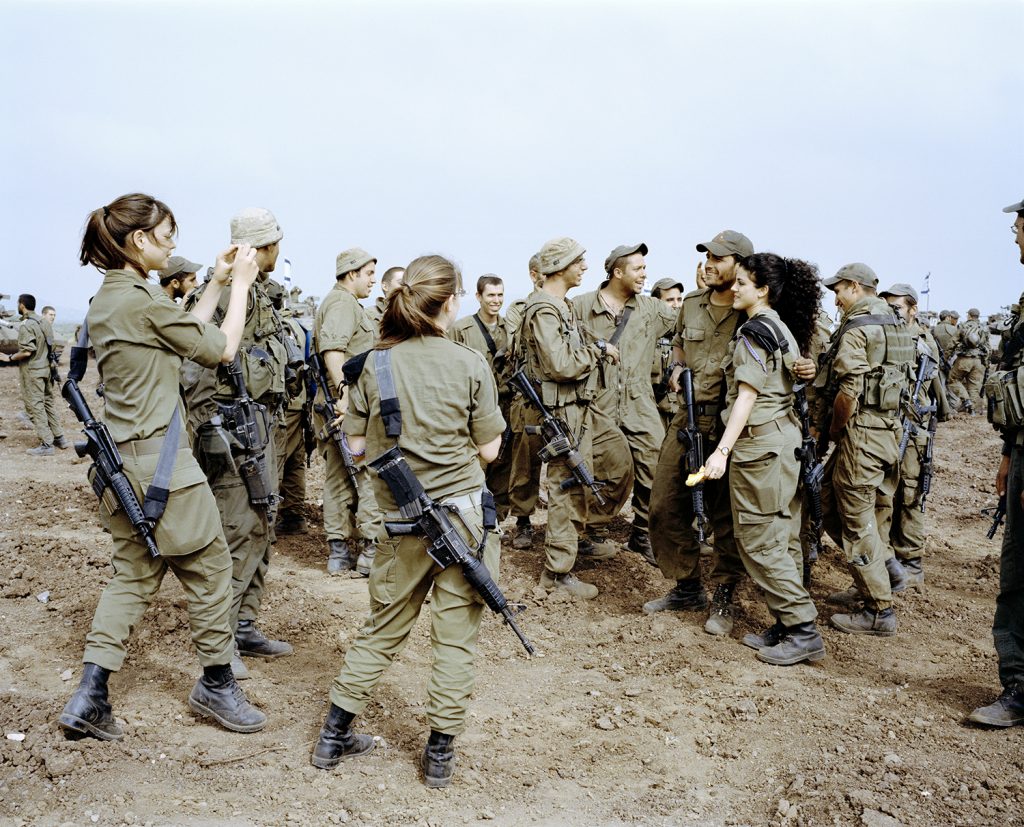
« My daily life was to be alert to the possibilities of reality (events, news), and at the same time be available for risky encounters, and to venture into improbable or tourist areas. Basically, keeping an eye open at all times like any good photographer… it was pretty physical, actually! »
What camera did you use and how was your organization on the field?
I worked in silver with a medium format Mamiya 67II with telemetric sight. I had a stock of films with me and I bought some there. At first, you have trouble finding the right addresses, but there’s everything you need. The same for the developments, on-site it was easier, with permanent security checks and X-rays at the airport. And it’s also a way to meet people! My daily life was to be alert to the possibilities of reality (events, news), and at the same time be available for risky encounters, and to venture into improbable or tourist areas. Basically, keeping an eye open at all times like any good photographer… it was pretty physical, actually!
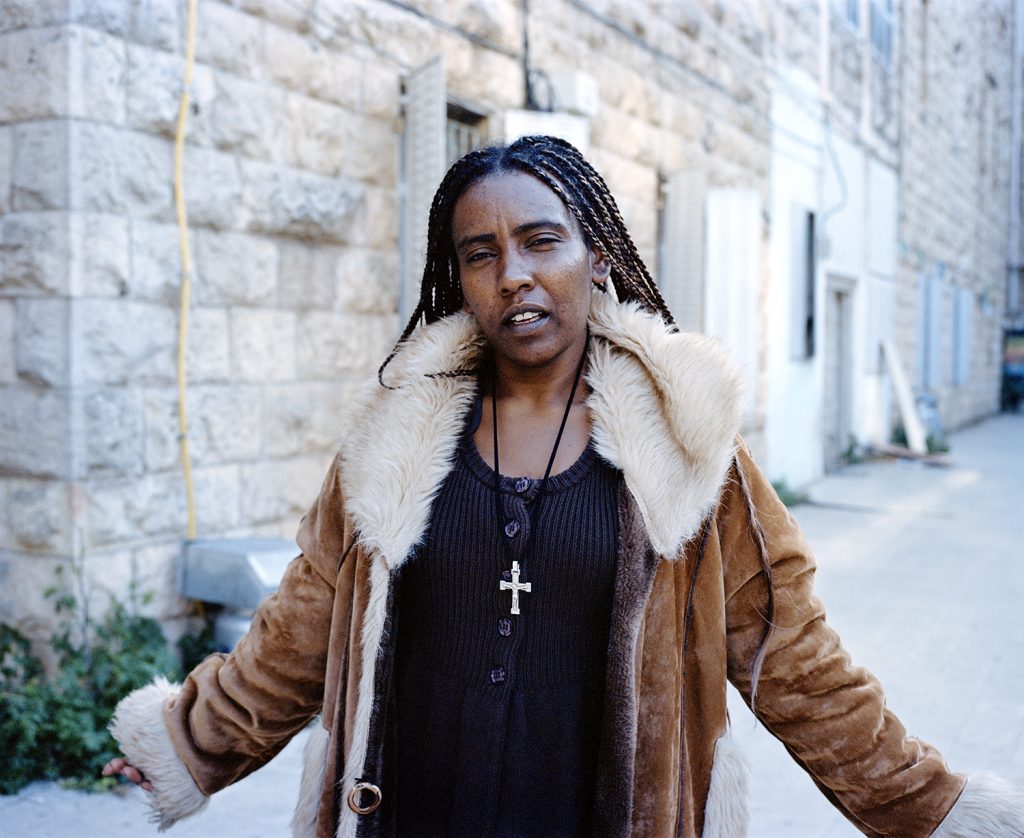
What are your influences in photography at the beginning and later?
I have always appreciated the aesthetics of the German Becher School, the great landscapes of Andreas Gursky, or Elger Esser, and paradoxically Raymond Depardon‘s introspection has always spoken to me. To sum up, I really like Alec Soth‘s work and his approach, which is at the same time distant, poetic and very human. Yann Gross‘s work also speaks to me a lot, between fiction, symbol, and reality. I can enjoy a lot of work for very different reasons.
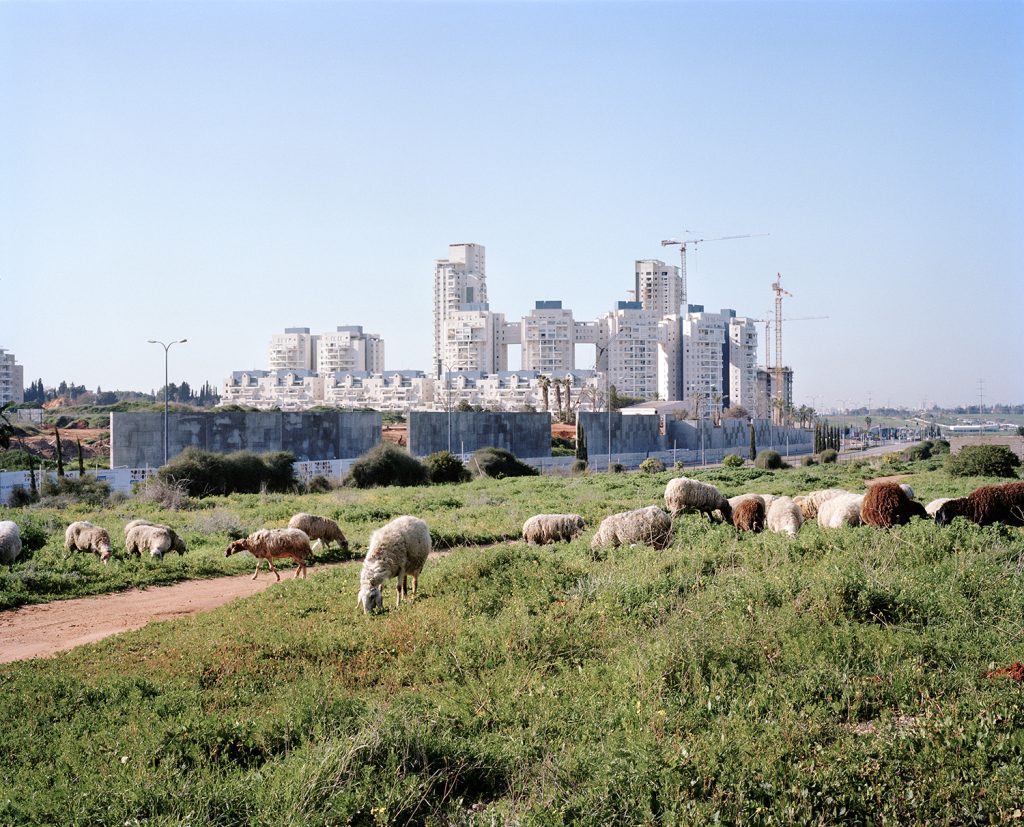
Let’s talk about the book how it came about? How did you work with your publisher about your process, editing?
My work is always articulated in series, images that respond to each other and suggest a more or less perceptible narrative. In this case, the book has always been present. I think it is the best way to bring a corpus of images into existence over time, to leave a trace… aren’t all photographers obsessed with the trace, and the famous « it was »(ca a été) by Roland Barthes. The selection and the layout were already final, I worked a long time on my side before finding the editor. I had to go through 2 or 3 models, to be refined over and over again… and then I studied graphic design at the Arts Déco, so I liked making the model myself, I knew very well what I wanted. David Valy, a graphic designer friend from the art déco, put me in touch with Eric Cez from Loco Editions, and that’s how it all started. Then, Annelise and David from Camping design really brought the final and professional touch to the book.
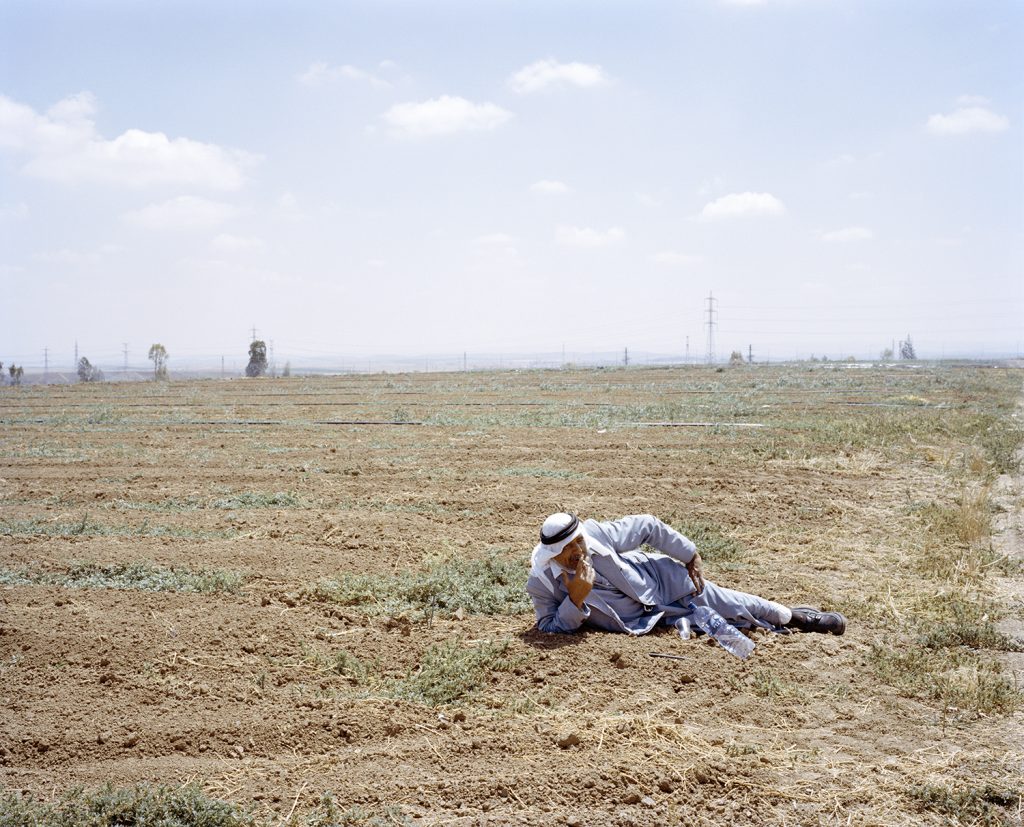
There is in your photos a particular and sensitive atmosphere that we feel, to know a little about your work we can see it also on other series. How do you see it from your point of view, this distance with your subject, this approach?
I would essentially say the beauty, magic or harmony of a moment… it can take place with something strange too. My images often seem a little suspended, frozen in space/time, they are the ones I am interested in, the ones I keep. The composition is very important, as is light in general. It is about emotion, emotions that are undoubtedly contained… I had decided to work with three types of distances, large landscapes, street scenes and portraits. I was looking and observing but I didn’t necessarily want to talk about myself, maybe that’s also an answer about distance?
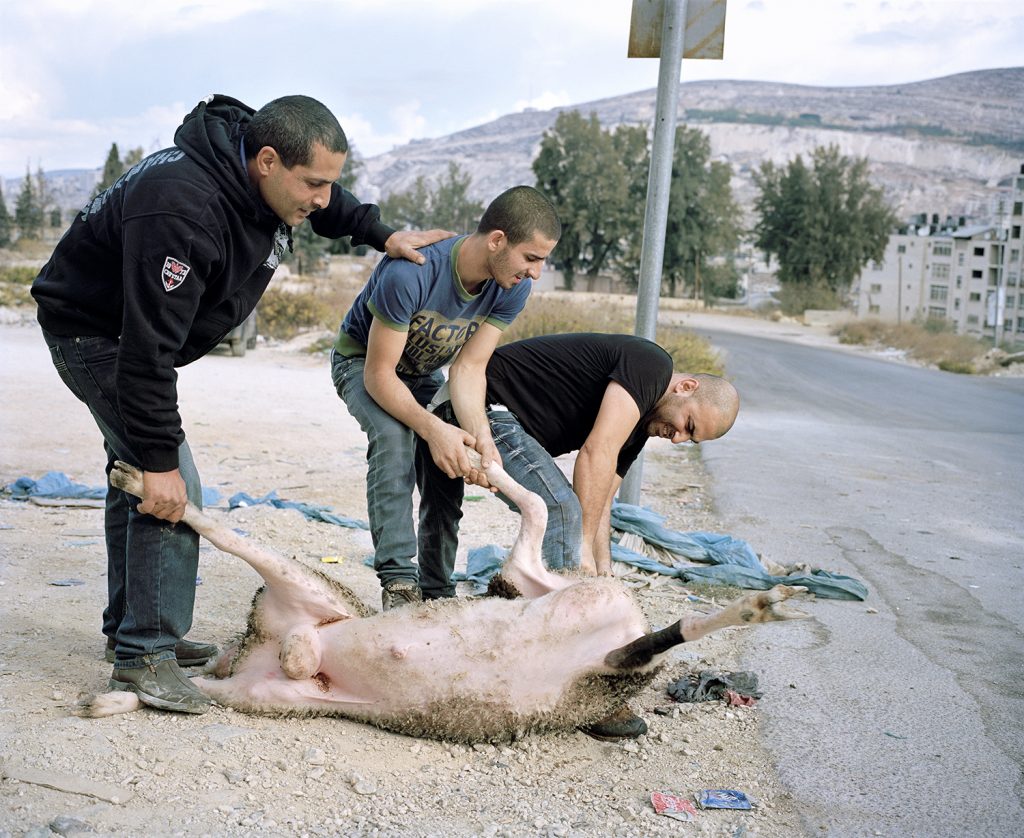
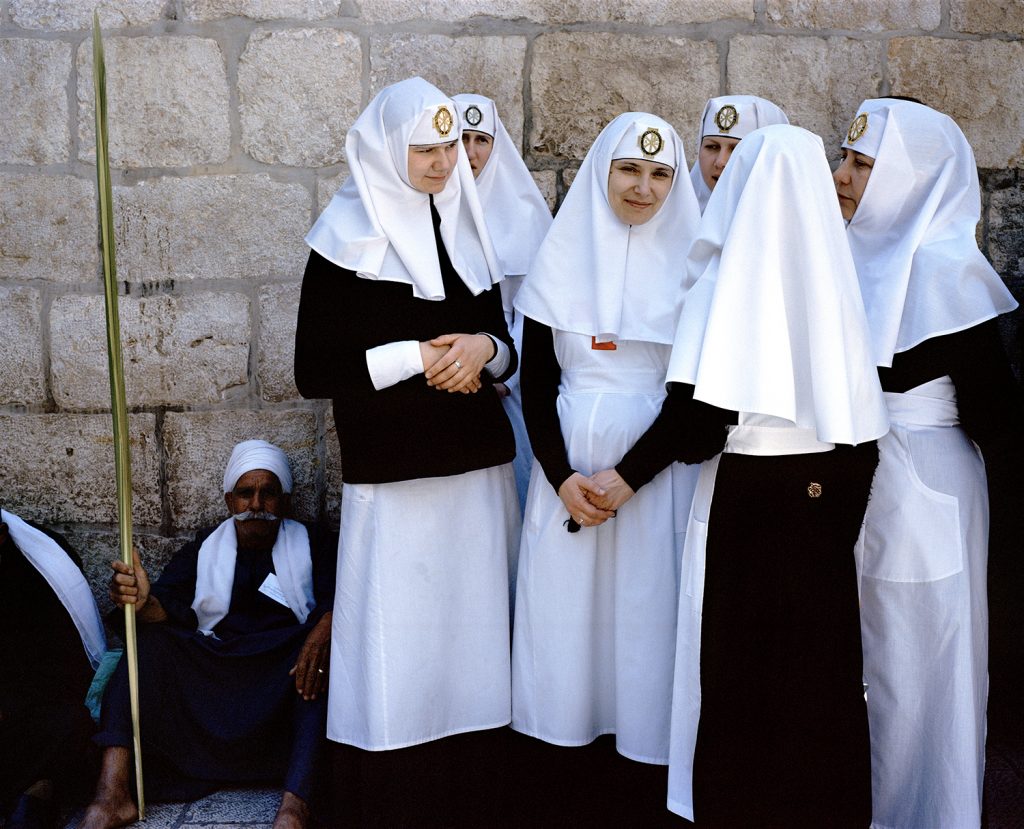
If you had to advise 5 photobooks that we must see according to you?
To see absolutely, I don’t know but successful books in my opinion.
David Helene – Wedding / SunSun edition, a work full of intimacy and textures.
Yann Gross – book of the Jungle / Actes Sud
Black Stars – Katrin Koenning, Sarker Protick / Common Thing
Niagara and Sleeping by the Mississippi – Alec Soth / Steidl
There are so many of them…! The books by the publisher Xavier Barral are also often quite exceptional.
Interview by Kalel Koven
Photographer’s Links: Website / Instagram / Facebook
Book: BAB-EL by Valentine Vermeil Published by La Loco


